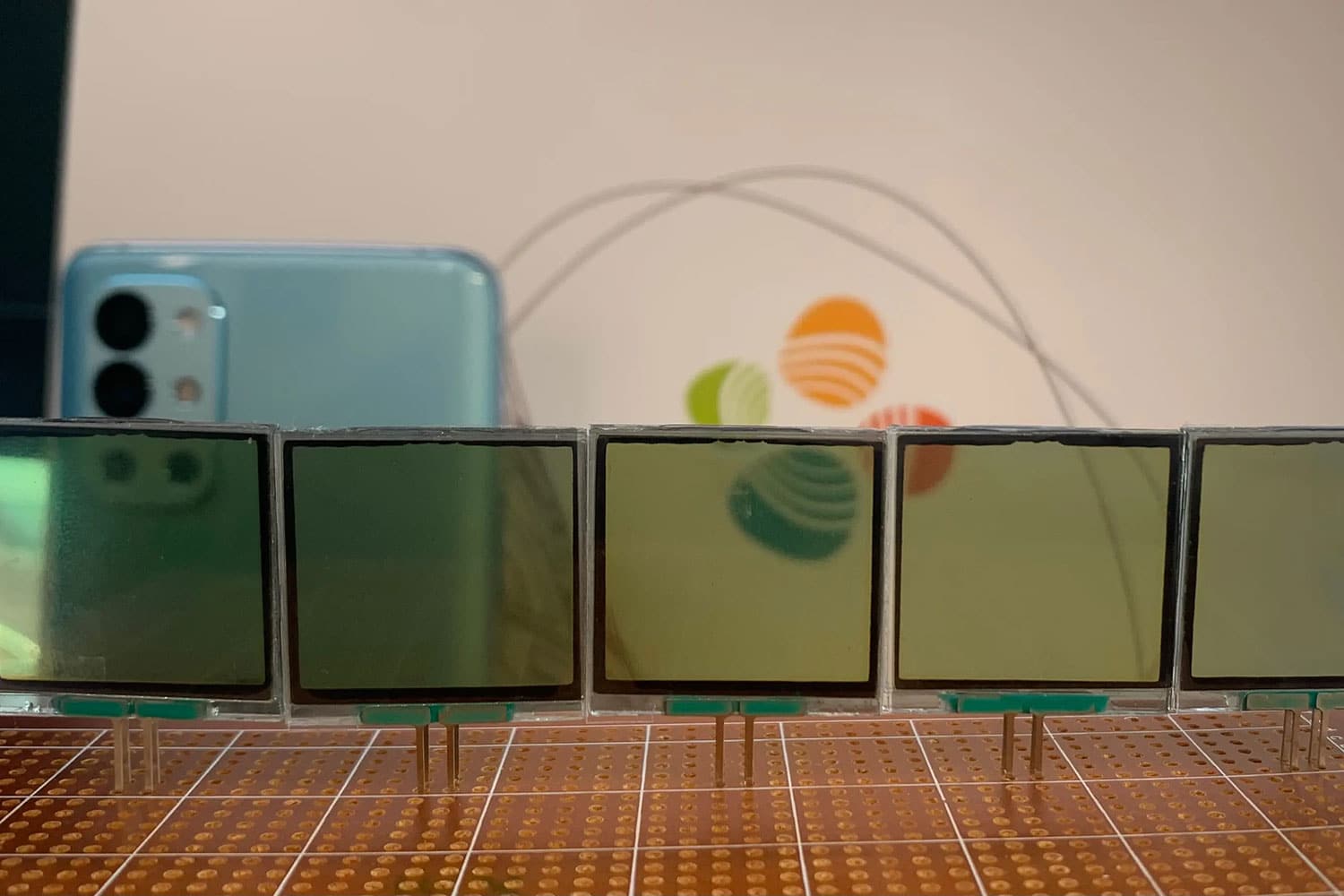
Wireless communication technologies are typically based on either radio frequency (RF) communication, which mainly suffers from a congested frequency band, or optical communication, which requires energy-expensive active light sources. What if sunlight replaces the current Wi-Fi technology? What if a simple window is enough to replace home routers?
Now, a team of scientists from Saudi Arabia has created a less energy-consuming alternative that could use sunlight instead of traditional Wi-Fi. Currently, under development at King Abdullah University of Science and Technology (KAUST), the smart glass system can modulate the sunlight passing through it, encoding data into the light that can be detected and decoded by devices in the room.
The use of sunlight to send data would offer a greener mode of communication compared to conventional Wi-Fi or cellular data transmission. The system could be used in the glass windows of large rooms, such as offices.
KAUST’s sunlight communication system is comprised of two parts – a light modulator that can be embedded in a glass surface and an in-room receiver. “The modulator is an array of our proposed smart glass elements known as Dual-cell Liquid Crystal Shutters (DLSs),” says Osama Amin, a research scientist in Shihada’s labs.
The liquid crystal shutter array would act like a filter to encode signals into the light as it passes. While the traditional Wi-Fi routers use between 5 and 20 watts of electricity, the DLSs would require just 1 Watts of power to operate, which can be supplied using a small solar panel. It is obvious that the system would only work while the sun is shining, so the feature could be used to save energy during the day, with the Wi-Fi working as soon as the sun has set.
In previous optical wireless communication system designs, data has typically been encoded by varying the light intensity. But if the frequency of these intensity changes is too low, it can be detected by the human eye and cause an uncomfortable flicker effect, explains Sahar Ammar, a student in the team led by Basem Shihada.
The DLS is therefore designed to manipulate a property of light called polarization. “Change in light polarization is imperceptible to the eye, eliminating the flicker problem,” Ammar says. “The communication system works by changing the polarization of the incoming sunlight at the modulator side. The receiver can detect this change to decode the transmitted data.”
Calculations indicate that the proposed setup could transmit data at a rate of 16 Kilobits per second. “We are now ordering the necessary hardware for a testbed prototype implementation,” Shihada says. “We would like to increase the data rates from Kilobits to Mega- and Gigabits per second,” he adds.
Journal reference:
- Sahar Ammar, Osama Amin, Mohamed-Slim Alouini, and Basem Shihada. Design and analysis of LCD-based modulator for passive sunlight communications. IEEE Photonics Journal 14, 1 (2022); DOI: 10.1109/JPHOT.2022.3200833
Smart windows could offer a low-energy, green alternative to Wi-Fi
Source: Tambay News

0 Comments